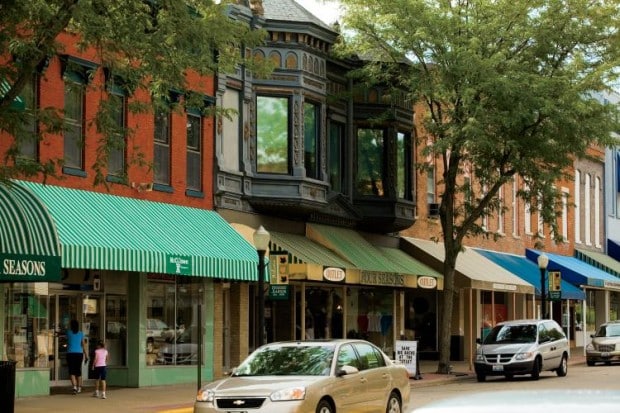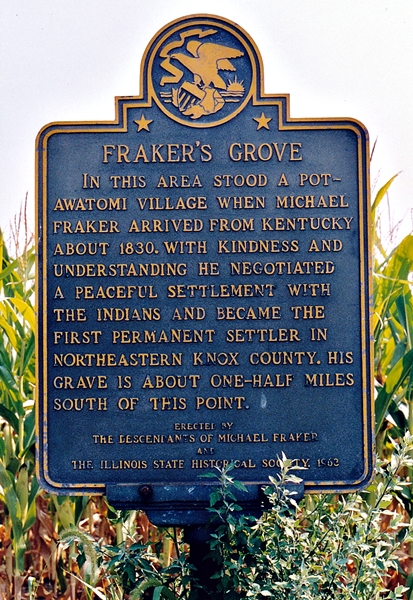Welcome to the next installment of our “Cities and Towns near the Farm” series! In this edition, we’ll take you on a journey through the captivating history of Geneseo, Illinois—a city brimming with intriguing tales and architectural wonders. Located just 20 miles east of the Quad Cities, Geneseo offers a perfect blend of natural beauty and cultural heritage for visitors to explore.
Founded in 1836 as a Christian colony by seven families from Geneseo, New York, and Bergen, New York, Geneseo, Illinois, holds a deep connection to its namesake. The settlers, driven by their Congregationalist beliefs, sought to establish a “church in the wilderness.” Roderick R. Stewart, one of the city’s founders, christened the town “Geneseo,” a variation of the Iroquois word Genesee, meaning “shining valley” or “beautiful valley.”
To reach their new community, the pioneering families embarked on a challenging journey in 1836. After traversing Canada, Michigan, Indiana, and Illinois, they faced harsh winters and treacherous conditions. Despite these hardships, the settlers persevered, and their resilience laid the foundation for Geneseo’s enduring spirit.
The town’s establishment was carefully planned, with lots allocated for various purposes. Blocks were designated for a cemetery, school, church, public square, and the “gospel lot,” which later became a seminary. Geneseo’s Christian and education-focused philosophy was evident from the start. A tithe on proceeds was set aside to build a religious and educational seminary, known as the Geneseo Manual Labor High School. Although the seminary closed in 1857 due to financial difficulties, its legacy lived on as Geneseo Central School.
Religion played a central role in Geneseo’s early years. The First Congregationalist Church, established in 1837, became a pillar of the community. It served as a court of justice and a settlement for community disputes. The town’s religious and educational convictions also extended to its political leanings, with strong abolitionist and Republican sentiments prevailing.
Geneseo played a vital role in the Underground Railroad, providing refuge and assistance to runaway slaves seeking freedom. Deacon Cone’s cabin and the Geneseo Historical Society building served as stops on the clandestine network, harboring those in search of safety.
As the town expanded, the arrival of the Chicago, Rock Island, and Pacific Railroad in 1854 transformed Geneseo into a bustling hub. The railroad brought prosperity, attracting new residents and fostering rapid growth. Victorian architecture flourished, leaving behind a legacy of exquisite homes that still grace Geneseo’s streets today.
Education also flourished in Geneseo, with the establishment of schools and higher-education institutions. Geneseo Collegiate Institute and Northwestern Normal School provided bachelor’s and master’s degrees, contributing to the intellectual vibrancy of the town.
Over the years, Geneseo has continued to thrive, embracing progress while cherishing its heritage. Today, the city invites you to explore its historic charm, picturesque landscapes, and engaging activities. Whether you’re captivated by Victorian architecture, interested in the Underground Railroad’s history, or simply seeking an idyllic camping spot near our farm, Geneseo, Illinois, offers an enriching experience for all.




